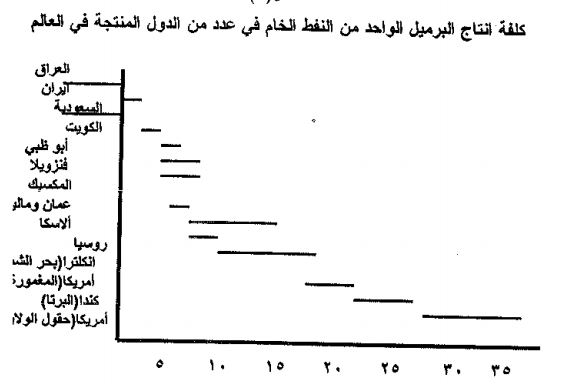The impact of the change in pricing activity systems on the growing risk of crude oil prices
Keywords:
Pricing events systems, crude oil price riskAbstract
Perhaps the most pressing question that continues to haunt the imagination and thinking of those interested in financial management and oil is: Who determines the price of internationally traded crude oil? In the era of the seventies of the last century, the answer to the question was simply “OPEC”. Thus, the interest that was prevalent in that The era was focused on the phenomenon of OPEC, and the price of oil was considered one of OPEC's affairs, but no one provided an answer to how OPEC determined oil prices, and this inability to answer may be partly due to a lack of knowledge of the institutional phenomenon, the study of which requires the ability to be familiar with academic fields. Specialized. During the period after the mid-eighties of the last century, the answer to the previous question became limited to one simple word, “the market.” However, this answer, like the previous one, does not have an accurate and complete explanatory meaning. In the seventies, OPEC was referred to as a cartel with the power to determine the price of oil, and now the market is referred to. Where supply and demand meet and interact to generate the price that achieves a balance between these forces, but these answers are not sufficient to draw the complete true picture, as OPEC did not work with economic pressure in the seventies, nor did it eliminate the role of the economic forces of supply and demand, nor did it protect the price of oil that it managed. The impact of the behavior of these forces. Therefore, there was always an action on the market, and the market, which has increased in depth and breadth since the 1980s until today, has not eliminated the role of OPEC, and its members remain active parties in the supply side of the global oil system, as a result of the nationalization in the OPEC region and in the world. Other producing countries in the Third World, the major oil companies lost many of the concession contracts that had granted them the right to produce oil, and the large flows of oil in the field of international trade no longer move directly from the major oil companies to their affiliated refining companies within the huge vertical integration system that was prevailing. As a result, the structure of the oil industry was divided into two parts. The first is the producing countries or their national oil companies, which have become sellers and marketers of crude oil and not just a tax collector. The second is the international oil companies, which have become buyers of crude oil and not taxpayers in exchange for royalties.

Downloads
Published
How to Cite
Issue
Section
License
Copyright (c) 2007 College of Administration and Economics - University of Karbala

This work is licensed under a Creative Commons Attribution-NonCommercial-NoDerivatives 4.0 International License.
Authors retain the copyright of their papers without restrictions.



